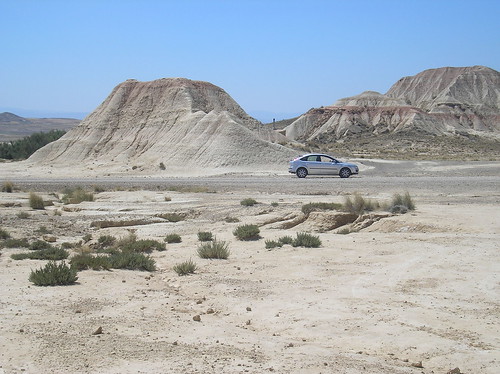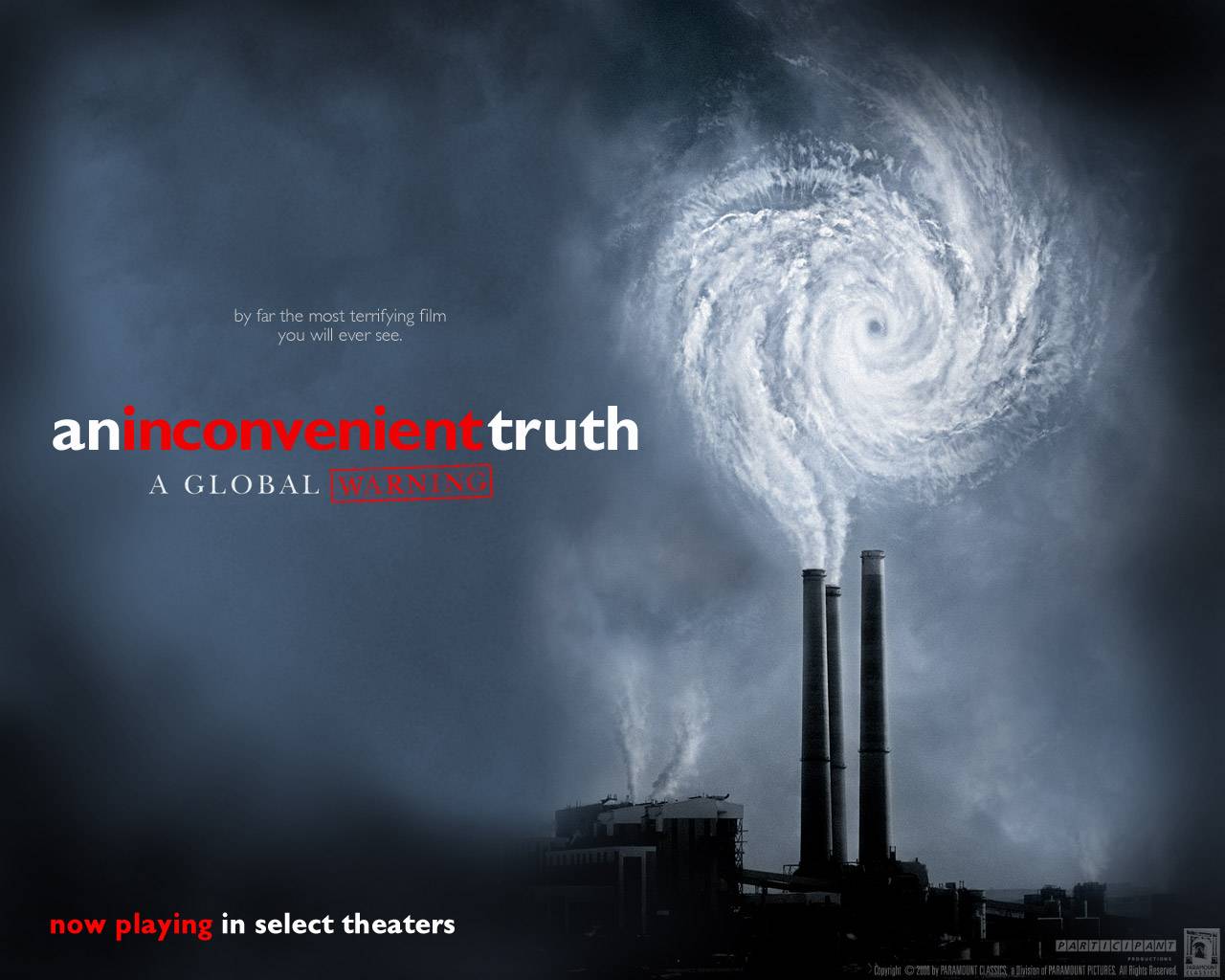(Source: New York Times – Wheels Blog, Sec. LaHood’s Fast Lane Blog, U.S. News and World Report)
First of all, it’s no longer Cash-for-Clunkers. The program is now called the Car Allowance Rebate System (C.A.R.S.). The program, which President Obama signed into law on Thursday, pays consumers up to $4,500 in credit for trading in their cars or trucks for those that are more fuel efficient. The law allocates $1 billion for the program.
The incentive program begins within 30 days of today’s bill signing by the President. The final day for an eligible purchase or lease is November 1, 2009, or when DOT exhausts the funds set aside for the program, whichever occurs first. The credit is not retroactive prior to the start of the program and cannot be applied toward the purchase of used vehicles.
Of course, there are plenty of regulations to determine what vehicles qualify for the credit. The National Highway Traffic Safety Administration, which is overseeing the program, has put together this Web site to help consumers who would like to participate in the program.

Image Courtesy: USDOT Secretary Ray LaHood's Fast Lane Blog
Today, the Transportation Secretary Ray LaHood wrote on his blog: “This program helps consumers pay for new, more fuel-efficient vehicles when they trade in less fuel-efficient cars or trucks. Stimulating the automobile industry while improving the environment and reducing fuel consumption–these are outcomes the DOT is pleased to support.
Congress and the Obama Administration recognize this is an important time for the automobile industry. And, the CARS program will help boost car and truck sales. Moreover, since the auto industry has improved vehicle safety and reduced vehicle emissions over the years, we are also excited about a program that puts vehicles on the road that are safer, pollute less, and get more miles to the gallon than the vehicles they replace.
CARS will be implemented by DOT’s National Highway Traffic Safety Administration (NHTSA). It’s a new responsibility this department welcomes; I know the folks in NHTSA stand ready to fulfill their new charge. I encourage everyone to learn more about the program from the website, www.cars.gov, or call NHTSA’s Auto Hotline at 1-888-DASH-2-DOT (1-888-327-4236). ”
The C.A.R.S. rebate does not count on top of the trade-in value of your vehicle. In the F.A.Q. section of CARS.gov: “The law requires your trade-in vehicle to be destroyed. Therefore, the value you negotiate with the dealer for your trade-in vehicle is not likely to exceed its scrap value.”
An Important FYI item: N.H.T.S.A. warns consumers of unofficial C.A.R.S. Web sites that are now popping up, reports USA Today. “Some want a lot of personal information, and talk about consumers being able to pre-register,” said Eric Bolton, a N.H.T.S.A. spokesman. “Consumers don’t have to register for this program at all.”
For those of you who are contemplating the purchase of a new vehicle under this program, here is a wonderful guide put together by the U.S. News and World Report:
10 Things You Should Know About Cash for Clunkers Car Allowance Rebate System”
1. What’s the official definition of a clunker? A driveable car made within the last 25 years, with a fuel economy rating of no more than 18 mpg. To learn more about the combined city/highway fuel-economy of your car, check out the Car Allowance Rebate System site.
2. Here’s how the program works: you trade in your old car for cash towards the purchase of a new, more efficient one. The better the mileage of the new car , the more money you’ll get towards its purchase – either $3,500 or $4,500. Check out Jalponik’s handy chart to figure out how much you might be able to claim. The minimum combined fuel economy of a new car purchased under the program must be at least 22 mpg, while new small trucks and SUVs have to get at least 18 mpg, and large trucks have to get 15 mpg. The old cars will be salvaged once they’re turned in.
3. Consumers should act fast. The bill provides vouchers for one million purchases, and the window of time is only fron July 1 to November 1. The bill will be revisited in the fall , and some changes may be made at that time.
4. The program will cost $4 billion. Funds will come from TARP.
5. Sorry, would-be entrepreneurs: it’s off-limits to buy an old car and “flip” it for the program – the car must have been insured by the same owner for at least one year before the trade.
6. The environmental idea behind the bill is that it takes old, inefficient vehicles off of the road. But some environmentalists are actually opposed to the bill because it takes functioning cars off of the road before their time is up, and does not permit the vouchers to go towards used vehicles, even if they are more fuel-efficient. Sen. Dianne Feinstein, who sponsored an alternate bill stated that the current version undermines fuel efficiency standards and provides “handouts for Hummers.” On the other hand, some argue that higher fuel standards would disproportionately benefit foreign cars, denying American automakers their much-needed boost.
7. The economic incentive of the bill is to jump-start drowsy auto sales. According to Bloomberg, similar programs worldwide have raised auto sales 25 percent to 40 percent in Germany, 15 percent in China and 8 percent in France.
8. Even if it’s not designed entirely the way environmentalists had hoped, there are still green benefits. Says Treehugger: “One positive effect the bill could have, though, is simply to further advance the presence of ‘fuel efficiency’ as a reward term in the skeptical American consumer market. Yes, hybrids continue to sell, but not to 99 percent of the population. The bill could, albeit in a relatively minor way, serve to advance an attitude that places importance on fuel efficiency in the future.”
9. Cash for Clunkers is expected to have a great impact on the Hispanic community. That’s why the program is getting a celebrity endorsement from Dancing With The Stars’ Cristian de la Fuente and Ugly Betty’s Angelica Vale.
10. As always, buyer beware. It doesn’t make sense to trade in your vehicle unless its value is less than or equal to what you’d get in the program. Edmunds has identified a list of cars that are guaranteed to be worth less than the value of the voucher. You can find it here (PDF). Said ABC News Consumer Correspondent Elisabeth Leamy, “From a strictly consumer standpoint, the Cash for Clunkers program is not a great deal. Yes, if you are bent on buying brand new, you will save money. But the savings are nothing compared with how well you can do by buying a used car.”








